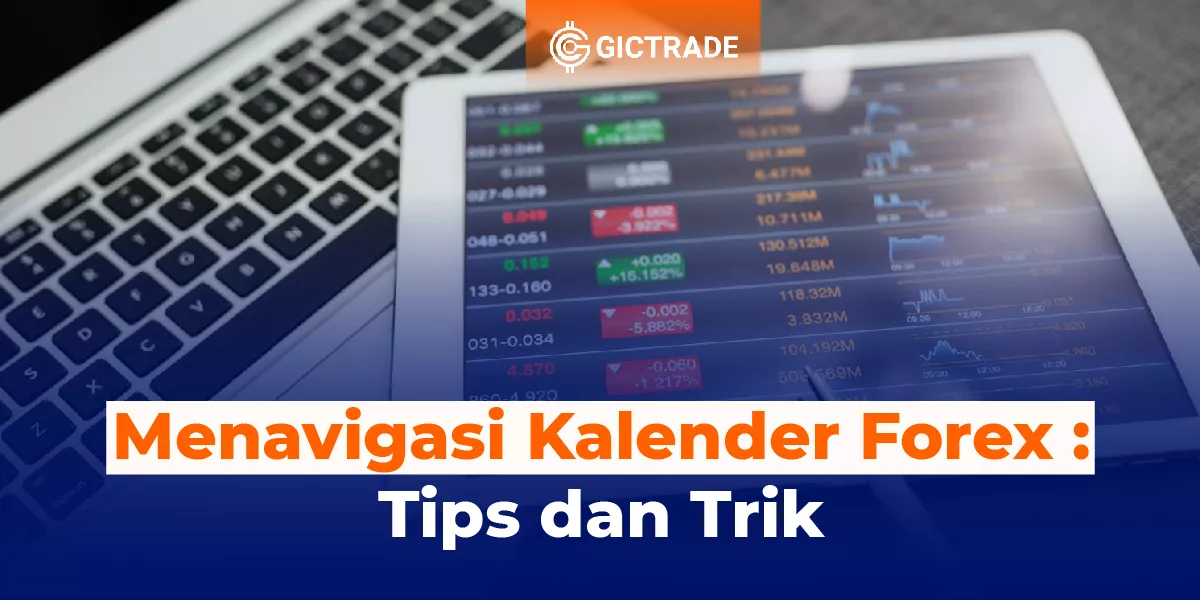How to Use Chart Patterns - In the world of stock trading, identifying false breakouts is important to avoid unnecessary losses. A false breakout occurs when a stock's price breaks out of a price pattern that is considered a sign of a continuation or reversal of the trend, but it turns out that the price reverses direction quickly. One of the tools that can be used to anticipate false breakouts is the chart pattern. In this article, we will discuss how to use chart patterns to avoid false breakouts in Indonesian.
Table of Contents
Getting to Know Chart Patterns
Before learning how to use chart patterns to avoid false breakouts, it's important to understand what chart patterns are. Chart patterns are price patterns that appear on a stock price chart. This pattern can provide clues about the direction of the next price movement. Chart patterns are used by traders to identify potential trading opportunities.

Head and Shoulders Pattern
One of the chart patterns that is often used is the Head and Shoulders pattern. This pattern is formed when there are three lower price peaks followed by a neckline connecting two higher price valleys. This pattern indicates a potential trend reversal from up to down.
Double Bottom Pattern
Double Bottom pattern occurs when the stock price reaches two almost identical valleys and is followed by a significant price increase. This pattern indicates a potential trend reversal from down to up.
Triangle Pattern
Triangle Pattern It is formed when the price of a stock moves in a triangular pattern. This pattern can be a sign of a trend continuation or a trend reversal, depending on the direction of the price movement once the pattern has formed.
How to Use Chart Patterns to Avoid False Breakouts English
Now, let's discuss how to use chart patterns to avoid false breakouts.
1. Chart Pattern Identification
The first step is to identify the chart pattern formed on the stock price chart. Pay attention to patterns such as Head and Shoulders, Double Bottom, and Triangle mentioned earlier. Use a technical analysis tool or trading platform that provides a pattern recognition feature to help identify these patterns.
2. Signal Confirmation
After identifying the chart pattern, the next step is to confirm the signal. Don't rely on just one pattern to make trading decisions. Use other technical indicators, such as the RSI (Relative Strength Index) or MACD (Moving Average Convergence Divergence), to confirm signals from the chart pattern.
3. Determine Entry and Stop Loss Levels
After getting the signal confirmation, set the entry and stop loss levels. The entry level is the price level at which you will enter a trading position. A stop loss is a price level at which you will exit a trading position if the price moves against your prediction. Use these levels as a guide to manage risk in your trading.
4. Comply with Risk Management
Always adhere to the principles of risk management in every trade you make. Determine the limits of the losses you can accept and stay disciplined in following those limits. Don't be tempted to take a bigger risk than you can afford.
5. Monitor Price Movement
After entering a trading position, it is important to keep an eye on the price movement. If the price does not move according to your prediction, consider exiting the trading position before the losses add up. Don't get caught up in excessive expectations and stay realistic in the face of market movements.
6. Update Your Analytics
Finally, update your analysis regularly. The stock market is always moving and conditions can change at any time. Always evaluate and improve your trading strategies based on the experience and learning you gain.
Want to Get Maximum Profit Fast? Join GICTrade Now!
Unlike other conventional brokerage firms, GIC through the GICTrade platform provides a solution for traders who do not want to be charged with high trading fees. GICTrade is a peer-to-peer trading platform that brings together traders and market makers.
So, what is special about GICTrade? As a platform that brings together traders and market makers, you as a potential customer can certainly choose between the two, namely becoming a trader or a market maker.
GICTrade's role as a transaction venue provider can minimize costs and help maximize profits for traders and market makers as well as create a fair transaction atmosphere and results.
Traders will benefit from the absence of commission fees and low swap fees and spreads due to the presence of market makers as liquidity providers. You can also join the trader community on GICtrade's Telegram to ask fellow traders directly about their trading experience.
FAQs (Frequently Asked Questions)
Q: What is a false breakout?
A: A false breakout occurs when a stock's price breaks out of a price pattern that is considered a sign of a continuation or reversal of the trend, but it turns out that the price reverses direction quickly.
Q: Why is chart pattern important to avoid false breakouts?
A: Chart patterns provide clues about the direction of the next price movement. By using chart patterns, traders can identify potential trading opportunities and avoid false breakouts.
Q: How do I identify a chart pattern?
A: Use a technical analysis tool or trading platform that provides a pattern recognition feature to identify chart patterns.
Q: What to do after identifying a chart pattern?
A: After identifying the chart pattern, the next step is to confirm the signal using other technical indicators.
Q: What are entry and stop loss levels?
A: The entry level is the price level at which you will enter a trading position. A stop loss is a price level at which you will exit a trading position if the price moves against your prediction.
Q: Why is risk management important in trading?
A: Risk management helps manage risk in trading. By adhering to the principles of risk management, traders can protect their capital and avoid large losses.
Conclusion
In stock trading, avoiding false breakouts is essential to achieving success. By using chart patterns and following the steps described in this article, you can improve your ability to identify false breakouts and make better trading decisions. Always remember to update your knowledge and strategies to stay relevant to the ever-changing market conditions. Happy trading!
|
Also Read : The 7 Most Important Chart Patterns to Know |
 Last:
Last: 







